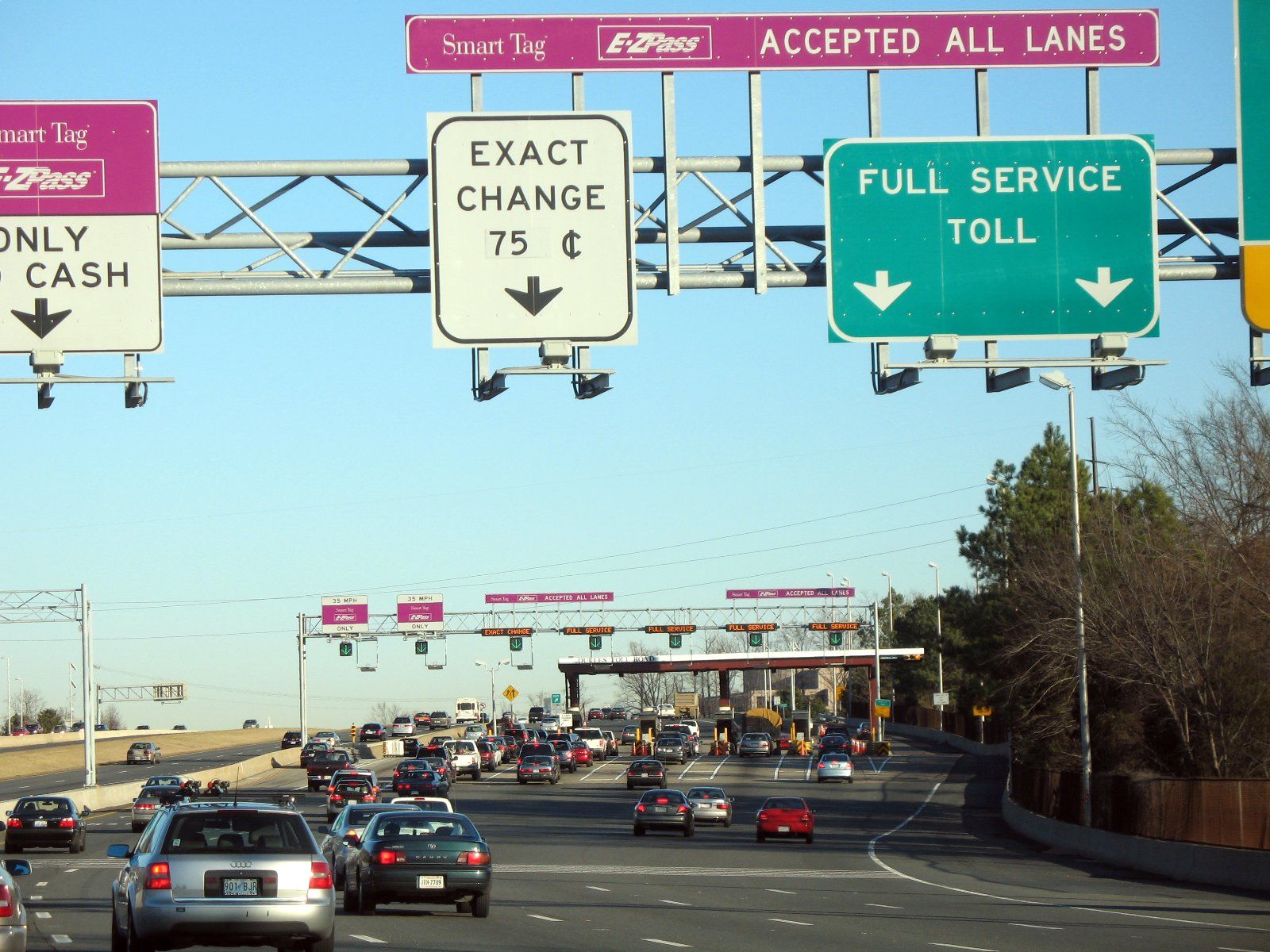If you’ve spent much time on the roads in Ottawa, you are by now used to the potholes that dot the roads. From small cracks, to gaping sinkholes, they pop up pretty much anywhere rubber meets pavement. Last winter saw around 150,000 potholes form! Wow.
The thing is, we are already dealing with a back log of roadwork. In 2015, we only had 21% of our roads in good repair. It’s projected that it will take 15 years to bring all roads up to good repair.
So, even after taxes, even after the Federal and Provincial Gas Taxes, even after paying license fees and vehicle fees, most of our roads are still left in disrepair.
Bad roads mean we lose even more money. Money lost to otherwise unnecessary vehicle repair. Money lost to traffic delays, money lost to never ending construction projects.
Now, you might take note of our winter climate. Yes, the freeze-thaw cycle is vicious, especially on soft asphalt. Most of our potholes can be attributed to this. In the short-term, no real solutions are on the table to fix this. Mother nature, combined with our building techniques means potholes.
I’m not sure there is any appetite to deal with this issue. Unless self-healing roads become mainstream, don’t expect much movement on this front.
I do think we need to focus on the big picture, however. What can we do to ensure roads are properly repaired, to help us save money, individually and as a city? How do we keep the costs reasonable for users, but hold on to the ability to pay for the construction costs?
One interesting solution has been proposed in US states like Oregon and Vermont. Check out this article for a brief summary.
Basically, what has been suggested is a fee based on distance driven, in replacement of other fees like a gas tax, or toll booths. The ideas for measuring this include using GPS, having devices pre-installed into new vehicles, or even attaching devices to existing cars, to do the measurements. The idea is that the tax on distance driven would be small per unit of measurement but would cost those who use the roads the most money (as each vehicle adds wear and tear to a road, this seems eminently fair).
I like it. The concept of such a tax has a lot of potential, especially when you consider that energy efficient vehicles (including electric cars), use less gas than regular vehicles, while still causing the same amount of damage to the actual roads.
A bonus effect of such a tax is that it would add a fee to make driving comparable to transit. The idea of paying more for distance driven might help push some more users towards public transit, thereby reducing the amount of vehicles on the road, and thus further reducing the damage to the road (if that transit is rail – busses are a whole other story).
Driving has always been slightly decoupled from its cost reality, and has (like all methods of transport) been subsidized through other taxes. Charging for distance driven would make the actual cost of driving more apparent, and could help reduce unnecessary car use.
As the article mentioned, this fee could also be reduced for lower income brackets, thus allowing a person with limited options the ability to drive for less, so that roads are not exclusively the domain of the rich.
Implementing such a fee would necessitate the removal of the gas tax. The switch would need to be set to be revenue neutral, to have a limited effect on users. However, as electric cars and low emissions vehicles become more prevalent, the gas tax would be less and less effective, and this kind of switch would have to come up anyways. Better to do it sooner rather than wait until it’s almost too late.
The technological implications of this kind of shift cannot be overlooked either. If we were to implement a system that pulls data directly from a GPS (whether in the car or an external device), we need to make sure privacy and security are paramount.
Aside from that, such a system would obviously not be immediately universal. With many automobiles having lifespans of 15 years or more, the turn-over rate for an entire city would probably be extremely slow. This would mean a patchwork of systems would have to be put in place to collect the data. The system could perhaps be phased in on new vehicles, with users of old vehicles continuing to pay the gas-tax until they get an updated model car. Or, perhaps the system could be installed into existing vehicles.
Finally, drivers from outside the city would need to be somehow charged for driving within city limits. Perhaps one day we will be able to automatically connect to any car on the road, and start the charge. But until then, perhaps a series of toll booths at city-limits could be built. We could either charge an entrance fee, or tag a vehicle upon entry and charge the distance fee upon exit.
The best part of this solution, is that the government can better tie the cost of road maintenance with road use. The city can factor in the estimated repair costs, how many cars are on the road (and how far they have driven, and even their weight), and come up with a fair cost to charge per kilometre (or whatever distance).
Here’s hoping this kind of innovative solution will be explored at City Hall, Queen’s Park, or even Parliament in the future.
